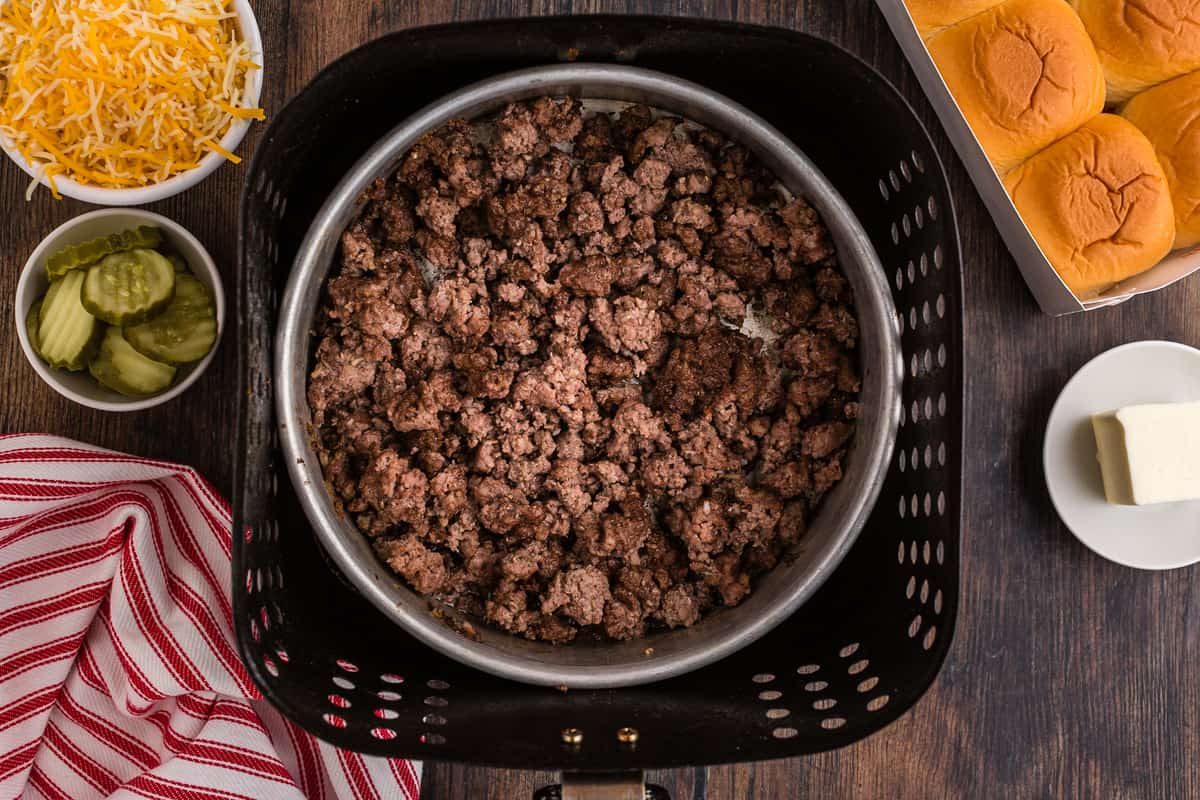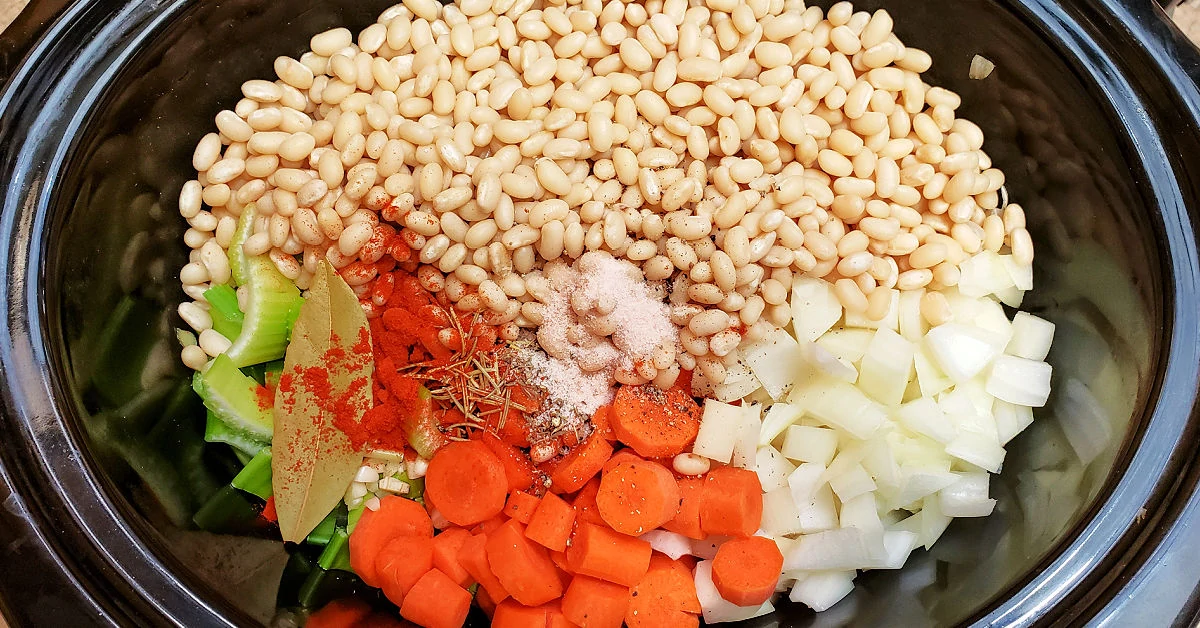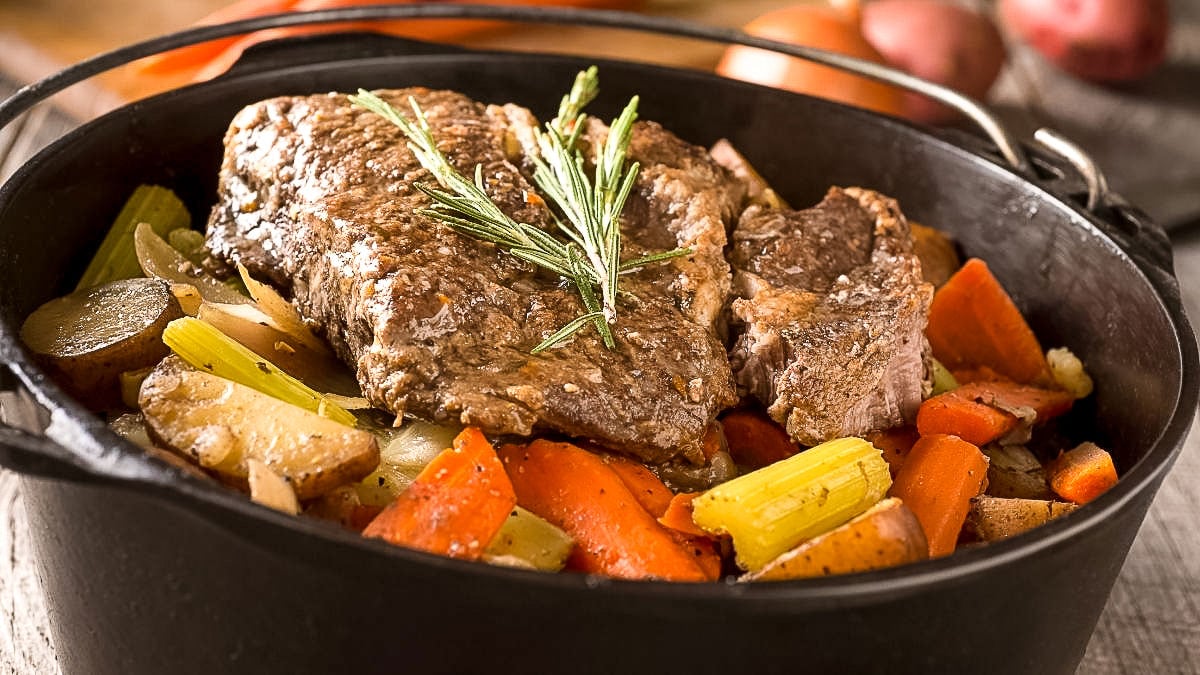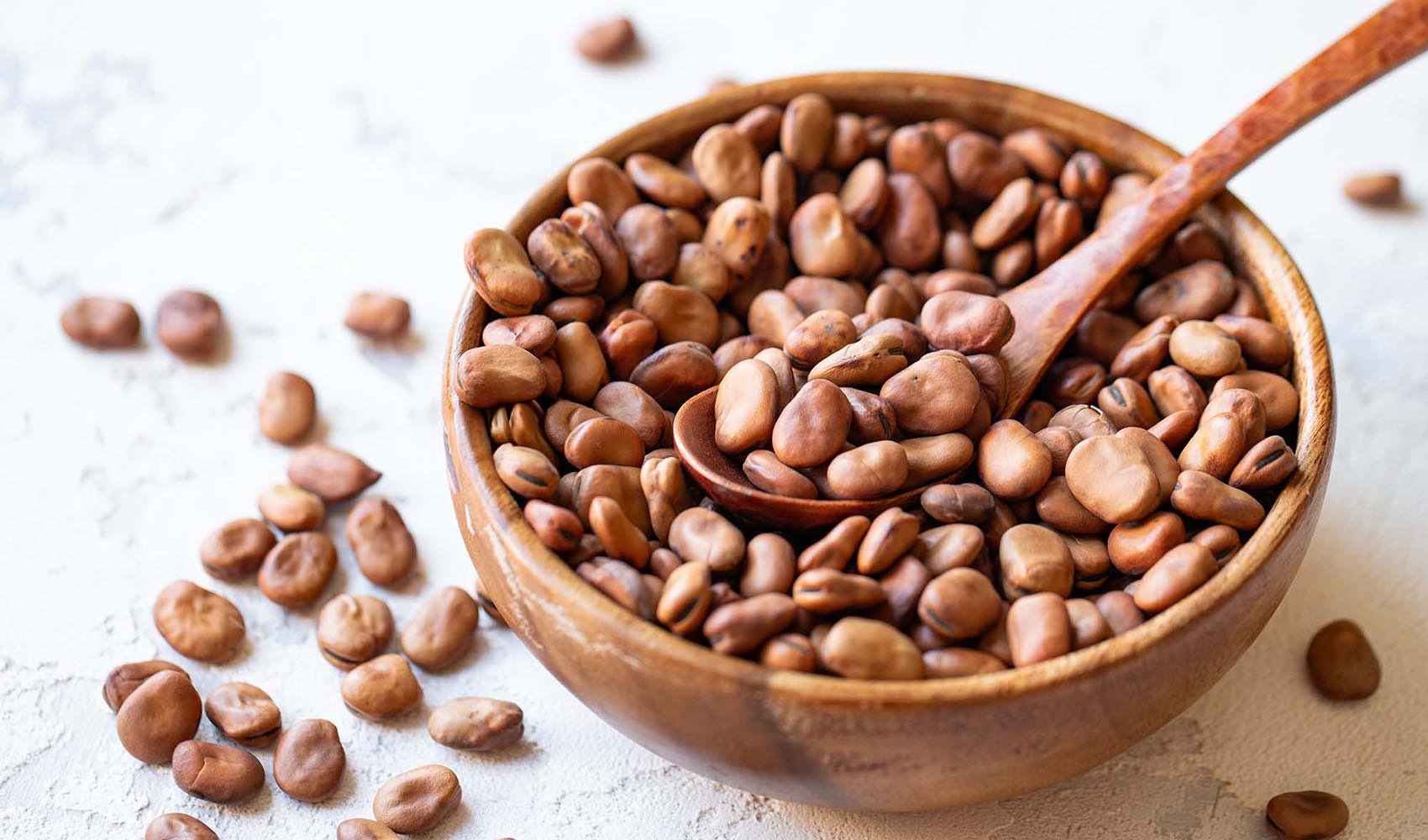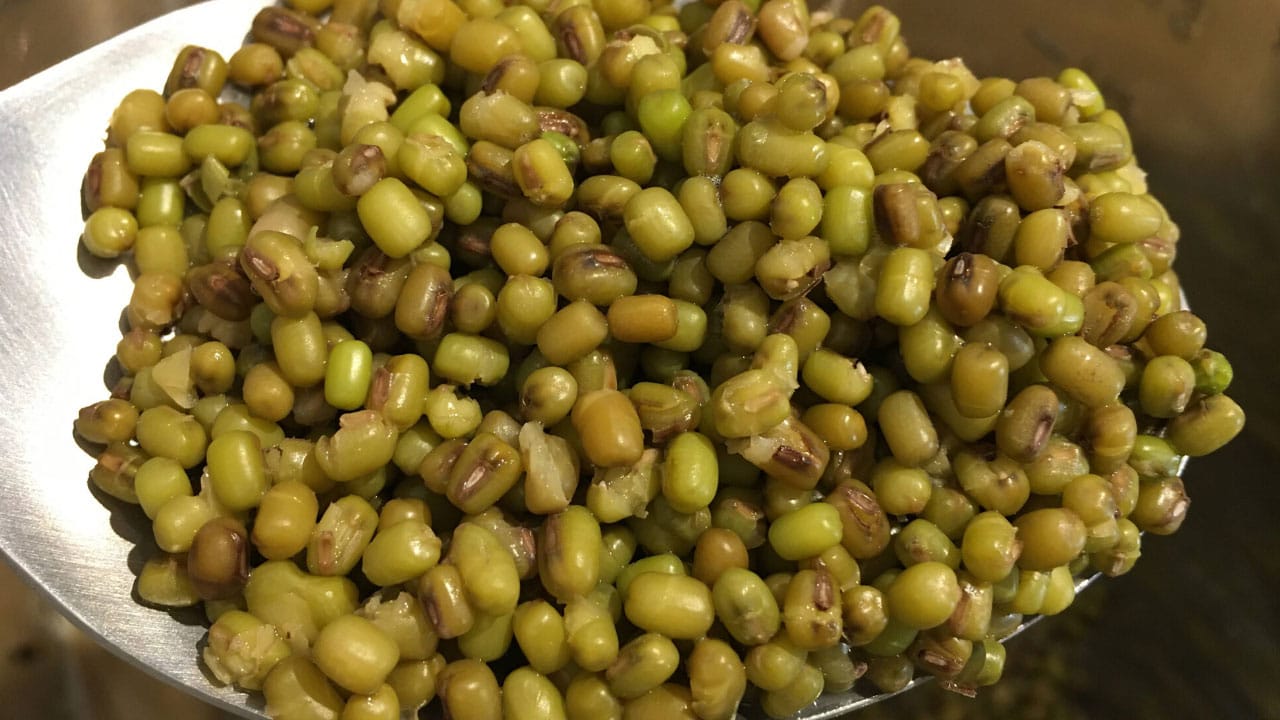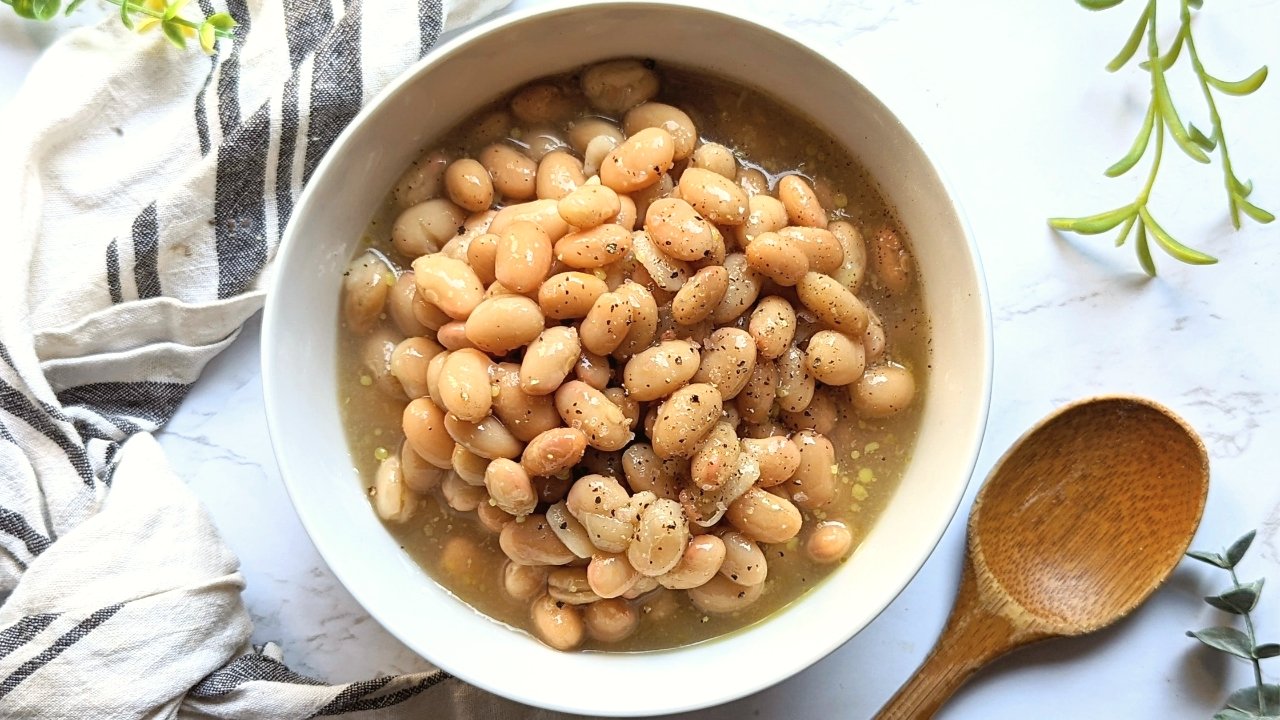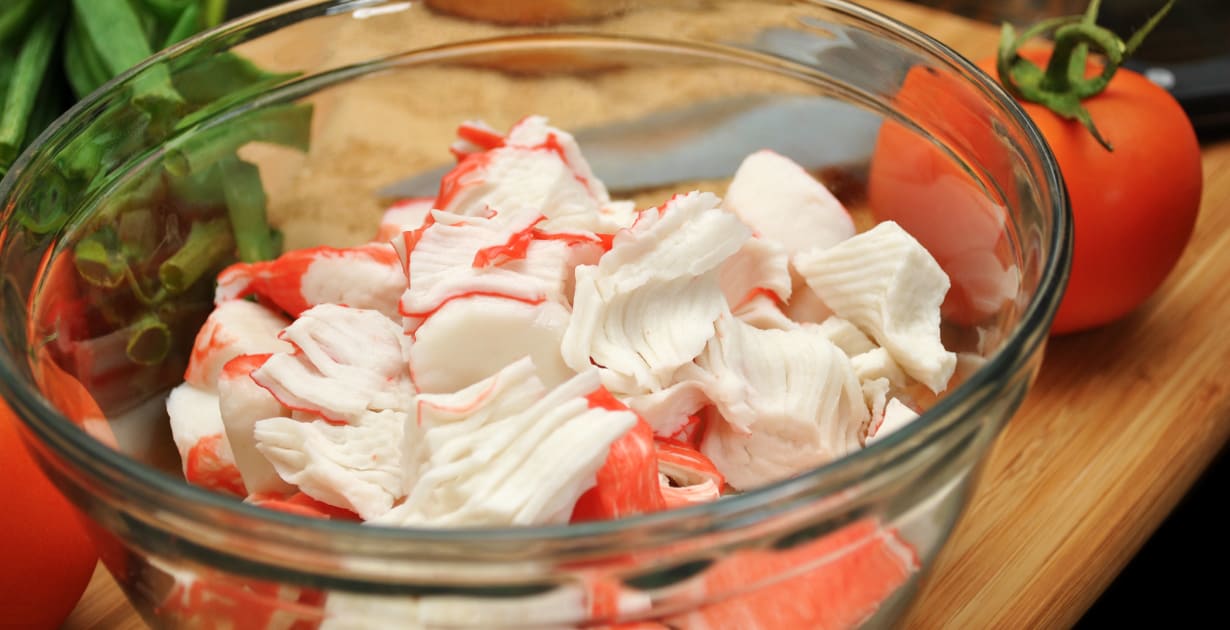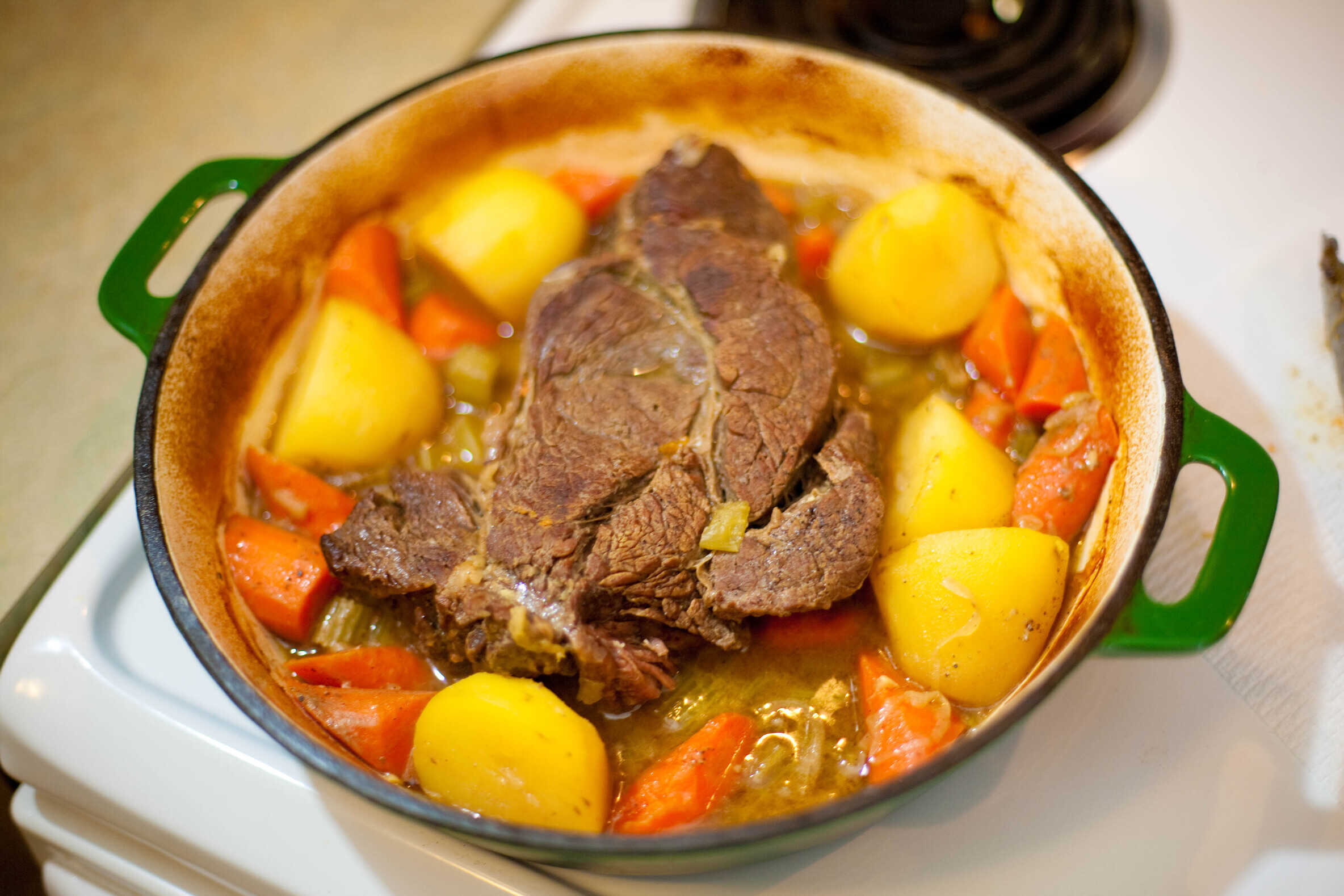How To Cook Potatoes for Diabetics: A Healthy and Flavorful Guide
Being diabetic doesn’t mean you have to give up one of the most beloved and versatile food items – potatoes! With a little planning and knowledge, you can enjoy this starchy goodness in a way that keeps your blood sugar levels in check. Here’s a guide on how to cook potatoes for diabetics while still savoring their delightful taste.
Choose the Right Potato Variety
Not all potatoes are created equal when it comes to their impact on blood sugar levels. Opt for varieties that have a lower glycemic index (GI). Sweet potatoes, new potatoes, and yukon gold potatoes are excellent choices as they have a lower GI compared to russet or white potatoes.
Preparation is Key
When it comes to cooking potatoes, preparation is essential for managing diabetes effectively. Here are some tips to prepare potatoes in a diabetic-friendly way:
- Choose Baking Over Frying: Baking or roasting potatoes is a healthier cooking method compared to frying. This way, you can avoid using excessive oil, which can raise your blood sugar levels.
- Keep the Skin Intact: The skin of a potato is packed with nutrients and dietary fiber, which can help slow down the release of glucose into the bloodstream. Make sure to wash the potatoes thoroughly and leave the skins on to reap the benefits.
- Cut Them into Moderate Portions: Controlling portion sizes is crucial for managing diabetes. Cut the potatoes into moderate servings to avoid large spikes in blood sugar levels.
- Pair with Protein and Fiber: When enjoying potatoes, balance the meal by adding protein and fiber-rich foods. This can help slow down the digestion process, preventing sudden blood sugar spikes. Consider serving potatoes with lean grilled chicken, fish, or a side of leafy greens.
Healthier Cooking Techniques
Here are some healthier cooking techniques to try when preparing your potatoes:
- Steaming: Steaming potatoes helps retain their nutrients and natural flavors without the need for excessive fat or oil.
- Microwaving: Microwaving potatoes is a quick and convenient option. Just remember to pierce the skin with a fork beforehand to prevent them from exploding.
- Mashing: Instead of adding butter and cream, use low-fat milk or Greek yogurt when mashing potatoes. This will reduce the fat content while adding a tangy and creamy texture.
- Grilling: Grilled potatoes can add a smoky and delicious flavor to your meals. Cut them into slices or cubes, drizzle with a touch of olive oil, sprinkle with your favorite spices, and grill until tender.
Experiment with Seasonings and Herbs
Spices and herbs are a great way to add flavor to your potatoes without piling on unhealthy ingredients. Instead of relying on salt and butter, try experimenting with herbs like rosemary, thyme, or oregano. These aromatic additions will enhance the taste of your potatoes while providing additional health benefits.
Remember to monitor your carbohydrate intake and keep portion sizes in check. Consult with a registered dietitian or your healthcare provider to create a personalized meal plan that fits your specific needs and diabetes management goals.
By following these tips and cooking techniques, you can enjoy potatoes as part of a balanced and diabetic-friendly diet. So, go ahead and have fun cooking potatoes while keeping your blood sugar levels in check!
Recipes and More Ways to Utilize This Guide
For those managing diabetes, incorporating the right recipes into your diet is crucial. The guide provides several potato-based dishes tailored for diabetic-friendly diets. Highly recommended are the Roasted Sweet Potatoes with Herbs for their low glycemic impact and aromatic herbs, the Healthy Mashed Potatoes with Chives which substitute traditional ingredients with healthier alternatives like Greek yogurt, and the Crispy Baked Potato Wedges for a crispy, satisfying side dish without unhealthy fats. Each recipe is designed to deliver flavor without spiking blood sugar levels, making them perfect for a diabetic diet.
Was this page helpful?
Read Next: How To Cook Sweet Potatoes For Diabetics


